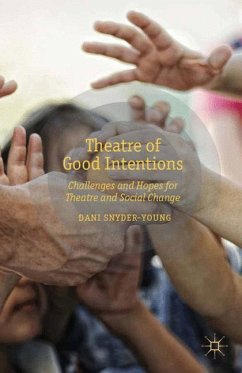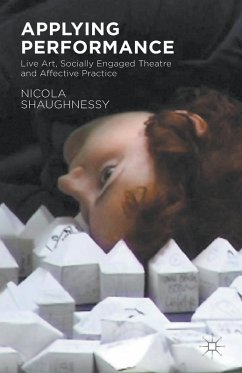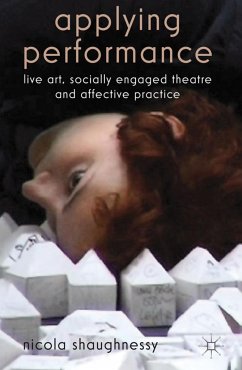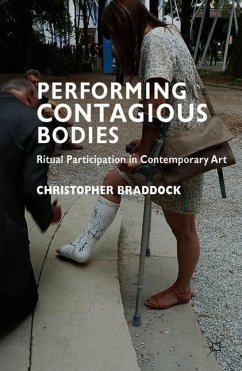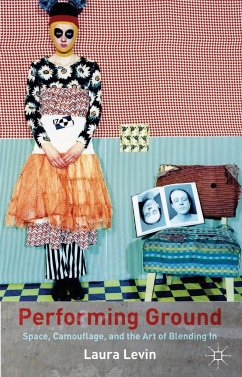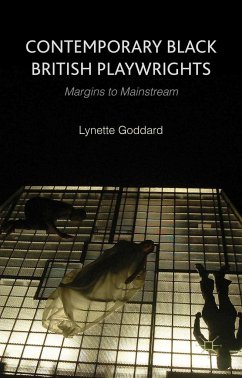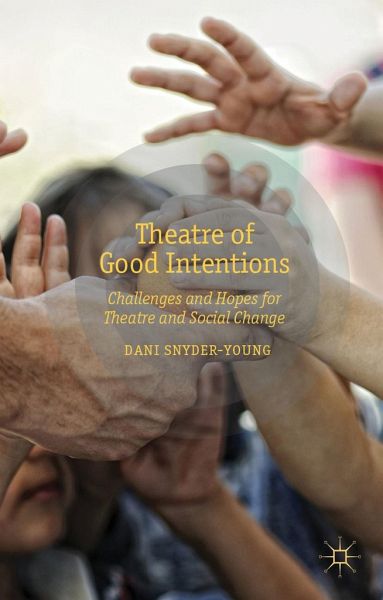
Theatre of Good Intentions
Challenges and Hopes for Theatre and Social Change
Versandkostenfrei!
Versandfertig in 6-10 Tagen
76,99 €
inkl. MwSt.
Weitere Ausgaben:

PAYBACK Punkte
38 °P sammeln!
Theatre of Good Intentions examines limitations of theatre in the creation of social and political change. This book looks at some of the reasons why achieving such goals is hard; examining what theatre can and can't do. It examines a range of applied and political theatre case studies, focusing on theatre's impact on participants and spectators.





